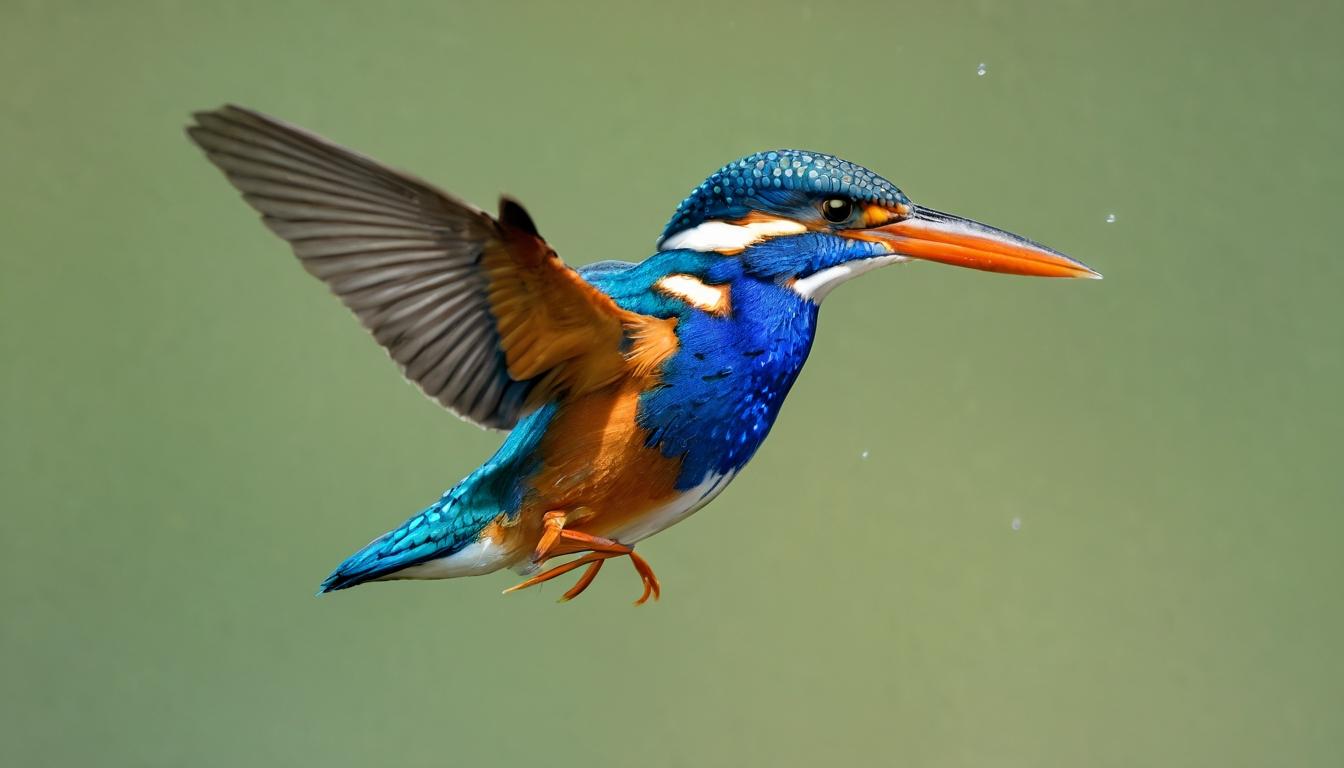When we think of superpowers, our minds typically wander to comic book heroes and science fiction. But the natural world is filled with creatures possessing abilities that would make even Superman take notice. The humble tardigrade, for instance, can survive in the vacuum of space, withstand radiation levels that would kill any other organism, and enter a state of suspended animation for decades. These microscopic "water bears" have been found everywhere from Himalayan mountaintops to deep-sea trenches, proving that true resilience comes in the smallest packages.
Meanwhile, the pistol shrimp possesses one of nature's most explosive weapons. By snapping its oversized claw shut at incredible speed, it creates a cavitation bubble that collapses with such force it generates temperatures hotter than the surface of the sun—briefly reaching 8,000 degrees Fahrenheit. The resulting shockwave stuns or kills its prey, making this tiny crustacean one of the ocean's most efficient hunters. Scientists are studying this phenomenon to develop new medical treatments and industrial cleaning methods.
Human history contains its own share of bizarre capabilities and forgotten talents. During the 19th century, "human calculators" could perform complex mathematical operations in their heads faster than most people could write them down. Zerah Colburn, born in 1804, could instantly multiply two four-digit numbers by age eight and identify prime numbers up to ten million. These prodigies weren't just mathematical marvels—they demonstrated the untapped potential of the human brain that modern technology has allowed us to neglect.
The animal kingdom continues to surprise us with creatures that defy conventional understanding. The immortal jellyfish, Turritopsis dohrnii, can revert to its juvenile polyp stage after reaching maturity, effectively restarting its life cycle indefinitely. This biological fountain of youth has made it the only known biologically immortal animal. Researchers worldwide are studying its cellular regeneration processes in hopes of unlocking secrets about human aging and disease prevention.
Some of history's most fascinating stories involve ordinary people with extraordinary determination. In 1912, Jim Thorpe won Olympic gold medals in both the pentathlon and decathlon—only to have them stripped months later because he had previously played semi-professional baseball. The medals were eventually restored to his family in 1983, thirty years after his death. Thorpe's story represents both the arbitrary nature of amateur athletic rules and the enduring spirit of an athlete who simply loved competition.
Nature's engineering marvels extend to the plant world as well. The corpse flower, known scientifically as Amorphophallus titanum, produces the largest unbranched inflorescence in the plant kingdom and emits a scent resembling rotting flesh to attract pollinators. What's more remarkable is its flowering cycle—it can take seven to ten years to store enough energy to bloom, and when it does, the event lasts only 24-48 hours. This rare botanical spectacle draws crowds to botanical gardens worldwide, proving that even nature's most unpleasant aromas can become major attractions.
Human innovation often takes inspiration from these natural wonders. The design of Japan's Shinkansen bullet train was revolutionized after engineers studied the kingfisher bird's beak. The bird's streamlined shape allows it to dive into water with minimal splash, and applying this principle to the train eliminated the sonic boom effect when entering tunnels. This biomimicry solution not only made the trains quieter but also increased their speed and energy efficiency by 15%.
The depths of human endurance contain stories that sound more like fiction than fact. In 1999, Swedish radiologist Anna Bågenholm survived after being trapped under ice for 80 minutes in freezing water. Her body temperature dropped to 56.7°F (13.7°C), the lowest ever recorded in a human survival case. Doctors declared her clinically dead during resuscitation, but she made a full recovery with no brain damage. Her case revolutionized understanding of hypothermia and expanded the window for successful resuscitation.
Even our everyday language contains hidden histories that reveal surprising connections. The word "avocado" comes from the Nahuatl word "āhuacatl," which means testicle—likely referring to the fruit's shape and the fact that they grow in pairs. Similarly, "salary" derives from the Latin "salarium," meaning salt money, reflecting how Roman soldiers were sometimes paid in salt, a valuable commodity in ancient times. These etymological roots connect modern language to the practical concerns and observations of our ancestors.
The intersection of animal behavior and human psychology reveals unexpected parallels. Crows not only recognize human faces but can hold grudges for years and teach their offspring to distrust specific individuals. In one University of Washington study, researchers wearing caveman masks captured crows, while others wearing different masks left them alone. Years later, the crows still scolded and dive-bombed people wearing the "dangerous" masks, demonstrating sophisticated social learning and long-term memory that rivals many primates.
Perhaps the most humbling realization is how much remains unknown about our own planet. Scientists estimate that 80-90% of ocean species haven't been discovered yet, and new species are constantly being found in rainforests, caves, and even urban environments. Each discovery challenges our assumptions about life's limitations and reminds us that wonder exists not just in distant galaxies but right here on Earth, waiting for curious minds to uncover it.
The hidden world of animal superpowers and bizarre human history

